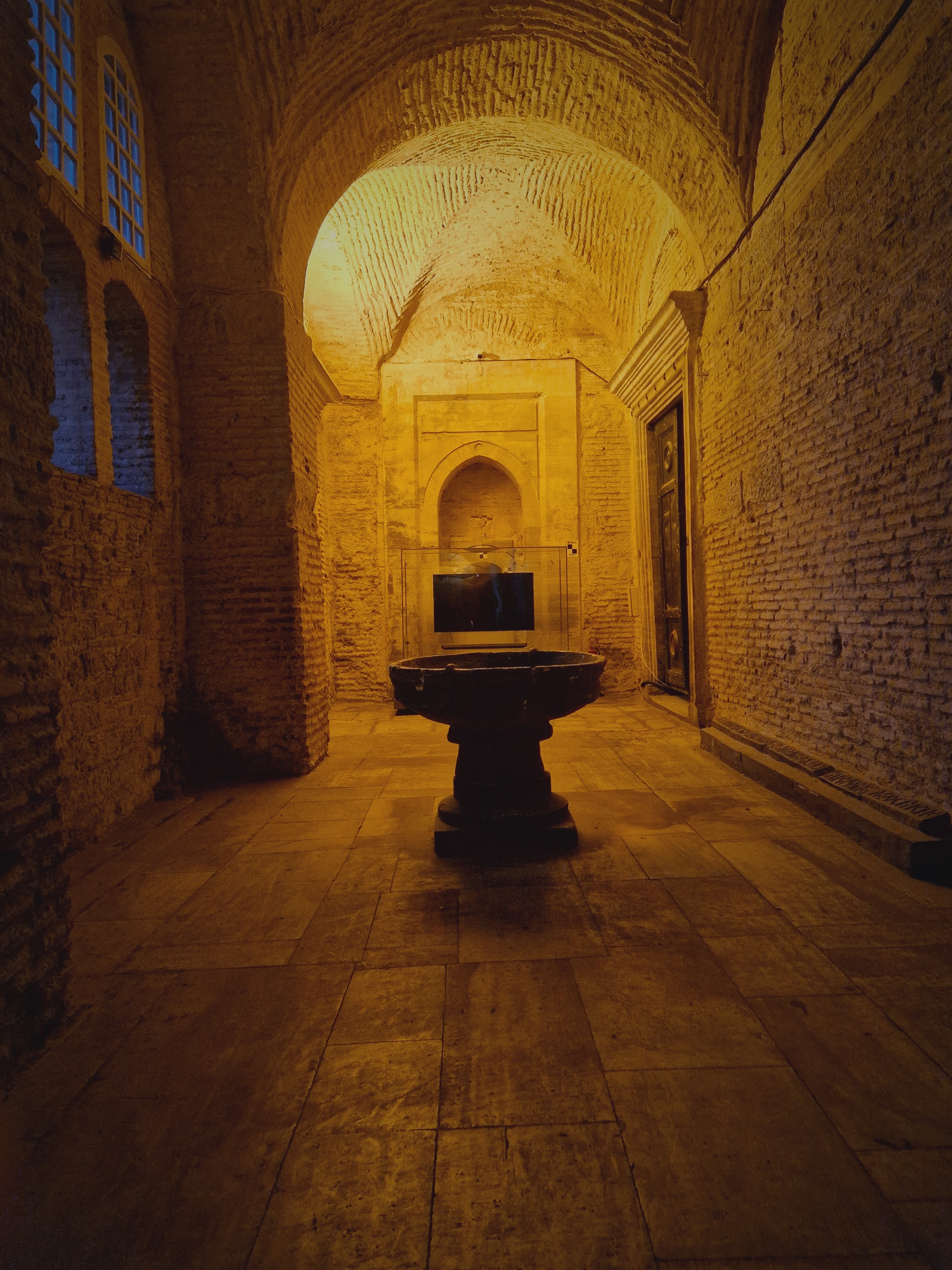Illinois has the most public bodies in the nation, multiplying opportunities for graft
In her office in the southern Illinois community of Pinckneyville, population 5,005, Tammy Kellerman worked as a bookkeeper for the rural fire protection district that answers calls outside the 6 square miles of the town.
Between 2004 and 2013, she stole more than $440,000 by using checks drawn on the fire district’s account while falsifying entries in the district’s accounting software.
Not far away in the 1,500-person community of Zeigler, City Treasurer Ryan Thorpe — whose duties also included being dog catcher — was elected in 2013 and soon launched into a four-year scheme embezzling $321,399.22.
Thorpe used the money to buy real estate, motorcycles, commercial-use ATVs, a diamond ring, a tandem-axle utility trailer, a portable “log cabin style” building, four AR-15 rifles and 22 other firearms, court records showed.
Chicago may be justifiably notorious for its government graft as nearly 40 aldermen, a city clerk, a treasurer and countless City Hall employees have all ended up behind bars over the past 50 years.
But public corruption in Illinois knows no partisan or geographic bounds. That’s in part because there are just so many governments in Illinois in the first place — thousands of them, more than any other state in the nation. They range from counties, cities, villages, townships and schools to park districts, airport authorities, and agencies overseeing mosquito abatement, street lighting and even cemetery maintenance.
Behind those government entities are tens, hundreds and sometimes thousands of elected officials or public employees. By simple math, more officials mean more opportunities for graft. But Illinois’ glut of governments — long blamed for high taxes and bureaucratic inefficiencies — also makes it more difficult for authorities to exercise oversight and for citizens to hold their leaders accountable.
All of it has contributed to the problem the Tribune is exploring this year in the series “Culture of Corruption,” examples of which exist at nearly every level of the thousands of small governments that blanket the state.
Most infamous is the case of Rita Crundwell, who, as comptroller and treasurer of the small north central Illinois town of Dixon, perpetrated the largest municipal fraud in U.S. history. Crundwell embezzled $54 million in city funds to pay for a lifestyle that included expensive quarter horses, jewelry, vehicles and properties while city services went lacking.
I think a lot of corruption in the imperial core is not perceived as corruption at all because, like it or not, the concept of corruption is tied to those in the periphery. The concept of core and periphery is fluid in this context, for instance many Europeans are perfectly willing to consider the US corrupt. It is also understood in racialised terms with the western understanding of corruption fitting almost perfectly with a gradient of skin color with a notable exception for eastern Europe.
What would be understood as corruption or nepotism in a peripheral nation is perceived as "bad press", "criticism", "lobbyisme" or "revolving doors"in a core nation, if it is mentioned at all. This is a self-reinforcing mechanism where you think of the periphery as being more corrupt than the core because all the corruption you hear about happens in the periphery and you are much more likely to think of something happening in the periphery as corruption because you believe them to be more corrupt.
But don't you see? The system that rewards greed and creates incentives for an owning class to have both legal and illegal ties with the authorities, is clearly less prone to corruption!!!




